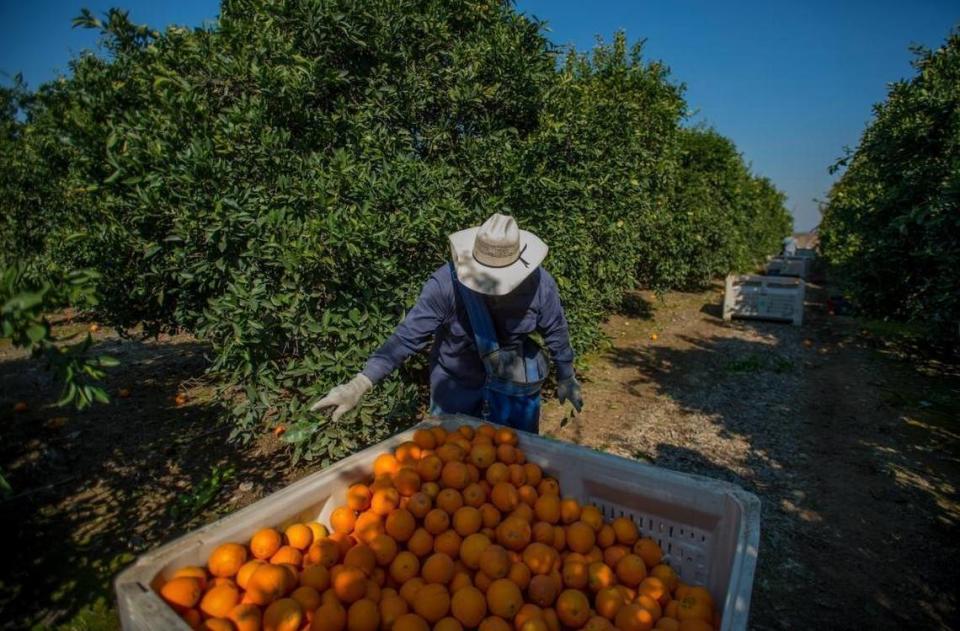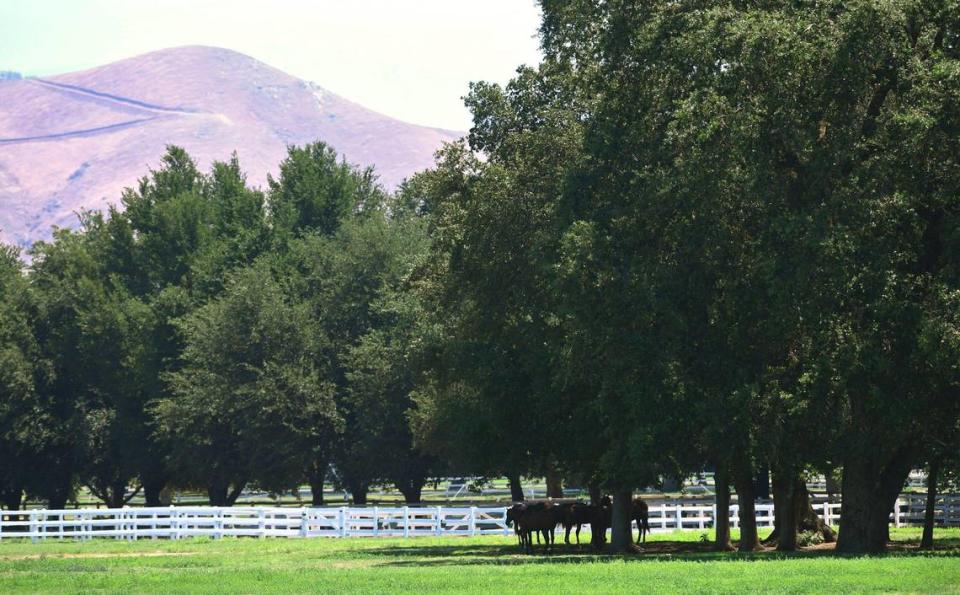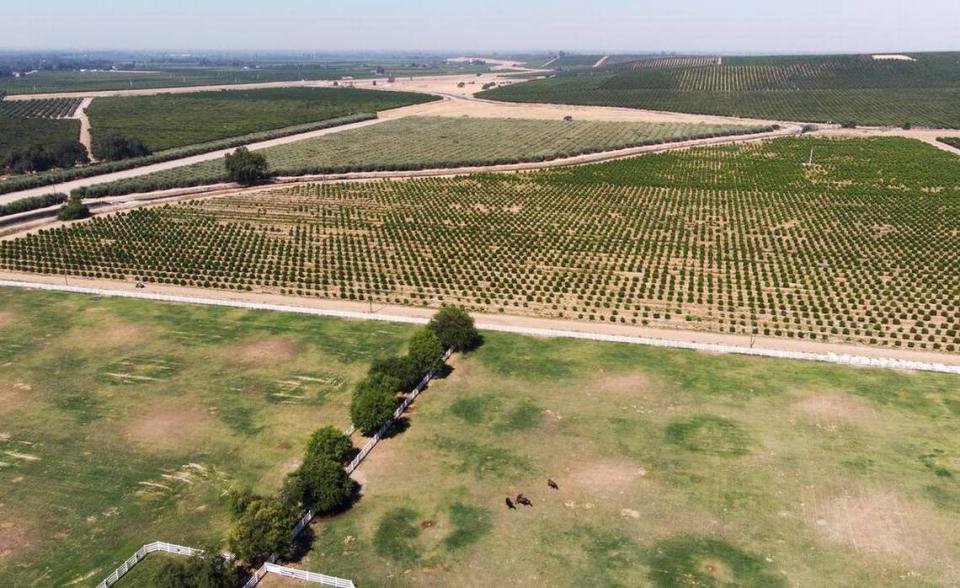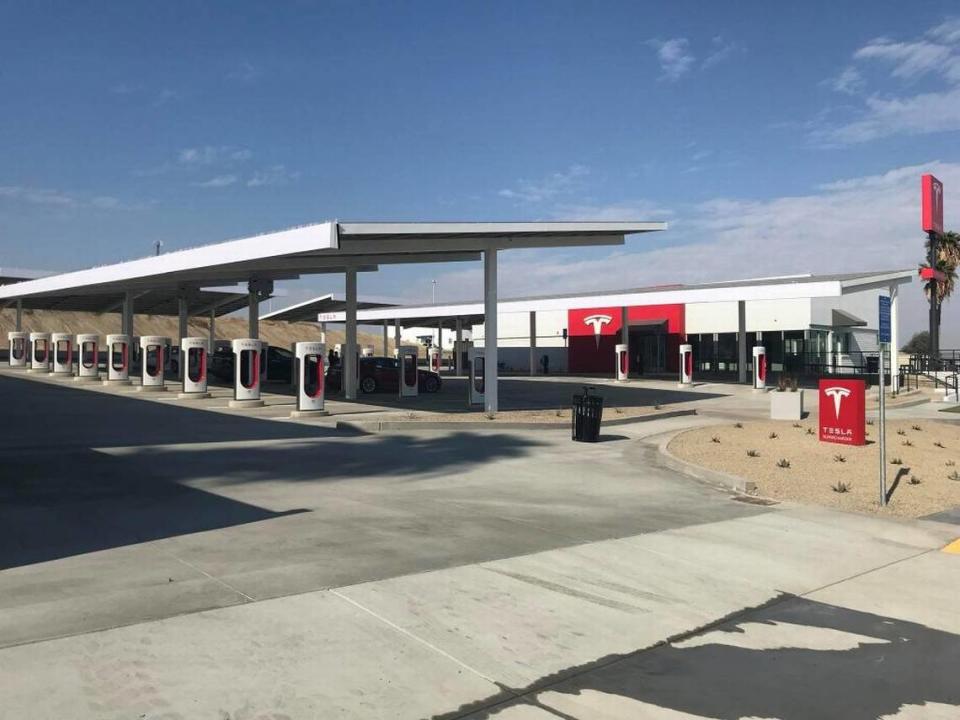Fresno County’s blueprint for growth may lead to a bleak future of urban sprawl | Opinion
Everyone needs to plan for the future. Fresno County is no exception. County leaders do that with a document known as the General Plan, the blueprint for land use.
The Fresno chapter of the League of Women Voters recently chastised the county for poor management of the General Plan over the years, and asked the Board of Supervisors to delay a vote to approve a new update.
However, on Feb. 20 the board voted unanimously to accept the updated General Plan. It is now the new blueprint for how the county will grow to 2042.
Opinion
The General Plan is a mammoth document, spanning hundreds of pages of dense prose. The plan covers topics like economic development, transportation, health and safety, open space, public facilities and environmental justice.
Critics have called out its shortcomings on a range of issues, like protecting farmland from sprawl development and air quality from pollutants.
I wanted to learn more about it, so I spent much of the past week reviewing the plan and also watched the supervisors’ two-hour hearing on it. I interviewed the board chairman as well as members of the Sierra Club’s local chapter, a farmland preservation group and the League of Women Voters.
Bottom line, I am no expert on the General Plan. But from what I have read in it, the plan won’t enhance life in Fresno County. It may actually make it worse.
Farmland protection
The plan stresses that protecting agriculture remains a priority of county officials, and well it should be: Fresno County is one of the top farming regions in the nation, with growers earning billions annually in gross revenues.
But critics have honed in on changes they say will make it easier for fields and orchards to be converted to other uses.
The chief complaint is that the General Plan lacks tough enough requirements to lessen, or mitigate, farmland conversion. The plan says this:
“The county may exempt discretionary land use projects from agricultural mitigation requirements if it finds that the loss of agricultural land caused by the proposed conversion is outweighed by specific overriding economic, legal, social, technological, or other benefits of the conversion...”
There is lots of room for interpretation of what constitutes “overriding benefits.” This is where developers can use their influence — like campaign contributions — to get projects approved by elected officials. That is not being cynical; it’s being real.
Farmland could turn into houses or shopping centers.

Think it won’t occur here? Consider a case study just down Interstate 5.
From around 1910 to the 1950s, the top farming county in the United States was .... Los Angeles. That’s right. Today’s giant metropolis was at one time the nation’s top ag county. Farmland got converted into homes, malls and freeways. Los Angeles is proof of how quickly agriculture can disappear with enough investor money.
Given the need for new housing in California, I suspect Fresno County will likely be an attractive bet for developers for years to come. Couple that with the fact farming is a challenging enterprise, so growers getting near retirement might actually like to cash out their land for something else.
Supervisor Nathan Magsig, current chairman of the five-member board, notes the General Plan calls for development to occur in the boundaries of the county’s 15 cities. “The priority is to preserve agriculture as much as possible,” he told me.
But concerns over sprawl persist.
Sprawl worries
The updated General Plan includes a “Special Study Area” consisting of 7,000 acres that are located at Highway 180 and Trimmer Springs Road in the county’s east side.
John Harris, of Harris Ranch and horse breeding fame, owns the land along the Kings River that now is pasture and zoned for agriculture. He is interested in building 400 to 500 homes on 700 acres within the 7,000.

The updated General Plan approved by the supervisors calls on the county to evaluate the study area “for possible future urban, residential, educational, office, and commercial land uses.” Harris’ partner Ben Ewell has proposed a college be built as well.
Critics say building that far east in what is largely an agricultural area would represent sprawl development that the county should avoid. By including the project as a study area, impacts did not have to be identified now.
Sprawl leads to more vehicle trips, and thus more air pollution. There could be impacts to the river and its riparian areas as well. New development would involve land uses never before experienced in that part of the county.
Magsig stresses that the study would be an initial look at the feasibility of Harris’ ideas. If a formal project is proposed, it would require detailed environmental review, including how Harris would limit negative impacts, he said.

That’s true. But, the General Plan could have said that no such community development would be allowed so far outside of Fresno. It could have said agriculture would remain the only land use.
Despite Magsig’s assurances, the door is left open, for now, for Harris to proceed.
The contradiction with the General Plan’s ideal — that growth should remain within existing cities and towns — is obvious.
Another section of the updated plan says this: “In adopting land use policies ... the County shall seek to protect agricultural activities from encroachment of incompatible land uses.” That seems reasonable.
But notice the phrase, “shall seek to protect.” It does not say “will protect.”
An analysis done for the League contends the updated plan will allow urban growth anywhere in the county. Is that what county residents want?
Climate change
Appendix C of the updated General Plan is a thorough assessment of who will be particularly vulnerable to the weather impacts of a changing climate. Needless to say, no one in Fresno County will escape the impacts of things like increased heat, drought and wildfires.
But the General Plan does not offer significant policies for dealing with climate change, even though climate change is not a new phenomenon and is accelerating each year.
The county does want to undertake a climate action plan in 2026 “once funding is available.”
I did a word search on the term “electric vehicle” and hoped to see policies for implementing charging stations in rural communities. There were no results in my search.

Bleak future?
In its letter to the supervisors, the League of Women Voters point out how often county staff failed to update the General Plan since 2000. Counties are supposed to do annual reviews of how well the plan is being implemented. The league’s latest analysis says the county has now dropped any such requirement.
Over 1 million people live in Fresno County. There are five elected county supervisors. Those board members have a huge responsibility for how Fresno County develops. Their General Plan is that blueprint for land use.
The critics believe this new plan won’t properly protect the county’s environment or farmlands. Theirs is a bleak assessment. I hope they are being too pessimistic. County officials will beg to differ.
But based on the county’s past performance and the update’s weak remedies for development impacts, the critics could well be right.

